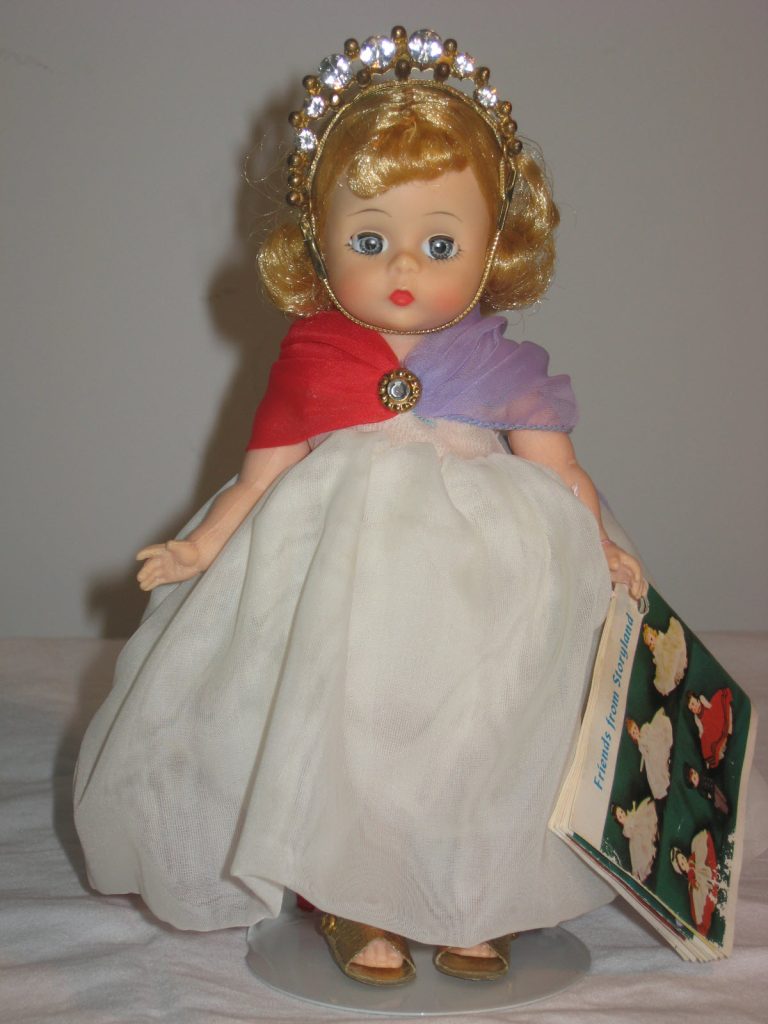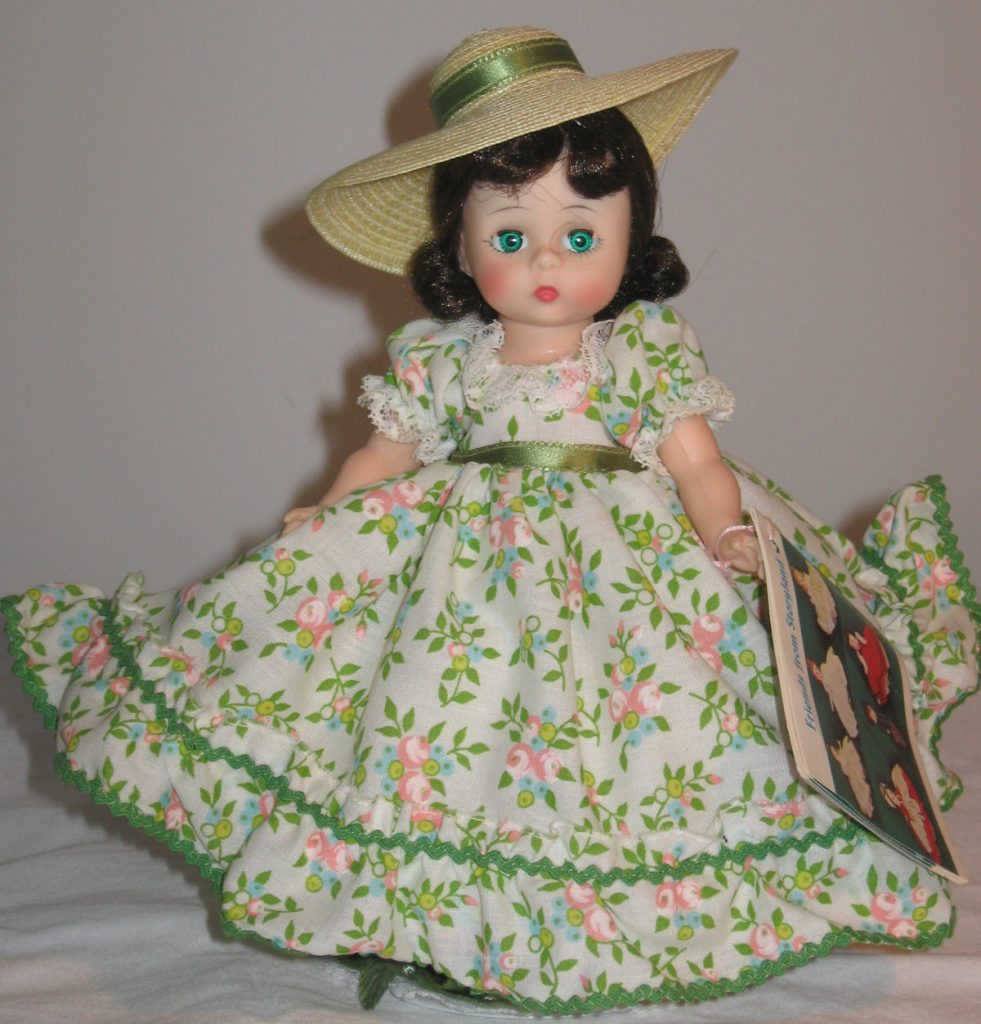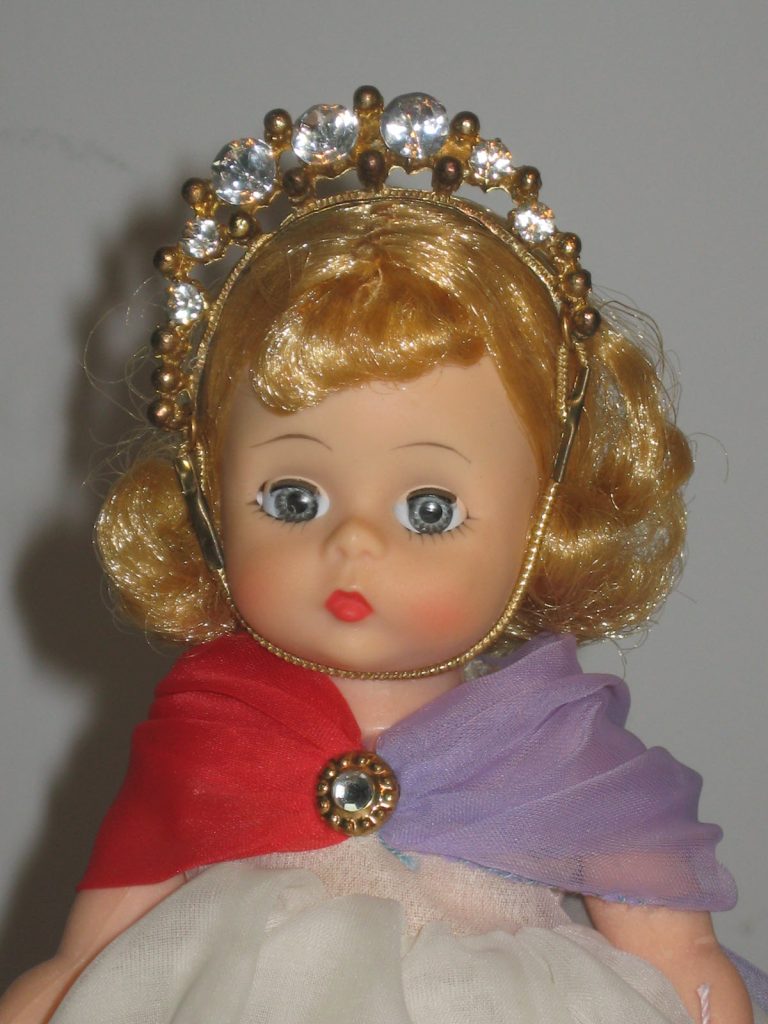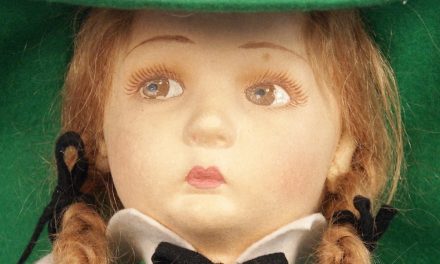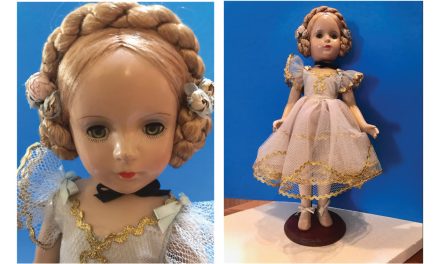By A. Glenn Mandeville
Madame Alexander never ignored the competition, especially in the fast-changing doll marketplace of the 1960s. The scale of miniature dolls had taken some strange twists during this period with fashion dolls moving from 10.5 inches to the new 11.5-inch size — it was a turbulent market situation. Ushered in by Mattel’s Barbie doll, the new standard of 11.5 inches is still in use today for many high-heeled fashion dolls.
One size that didn’t change was the sweet little 8-inch toddler doll. Many companies had used this size since the late 1940s, when the new hard-plastic materials became the order of the day. Virtually unbreakable, 8-inch hard-plastic dolls were made by many companies. The Ginny doll, made by the Vogue Doll Company, was the leader of the pack. First released in 1951, Ginny would undergo many transformations as the years passed.
None of this was wasted on Madame Alexander. She introduced her own 8-inch toddler doll in 1953 aimed at the carriage trade. Where Ginny was available everywhere, Madame’s Alexander-kins were basically sold in the department stores of the day, usually behind glass. Since both Vogue and Madame Alexander refused to advertise on television, positioning their 8-inch dolls in the marketplace was extremely important.
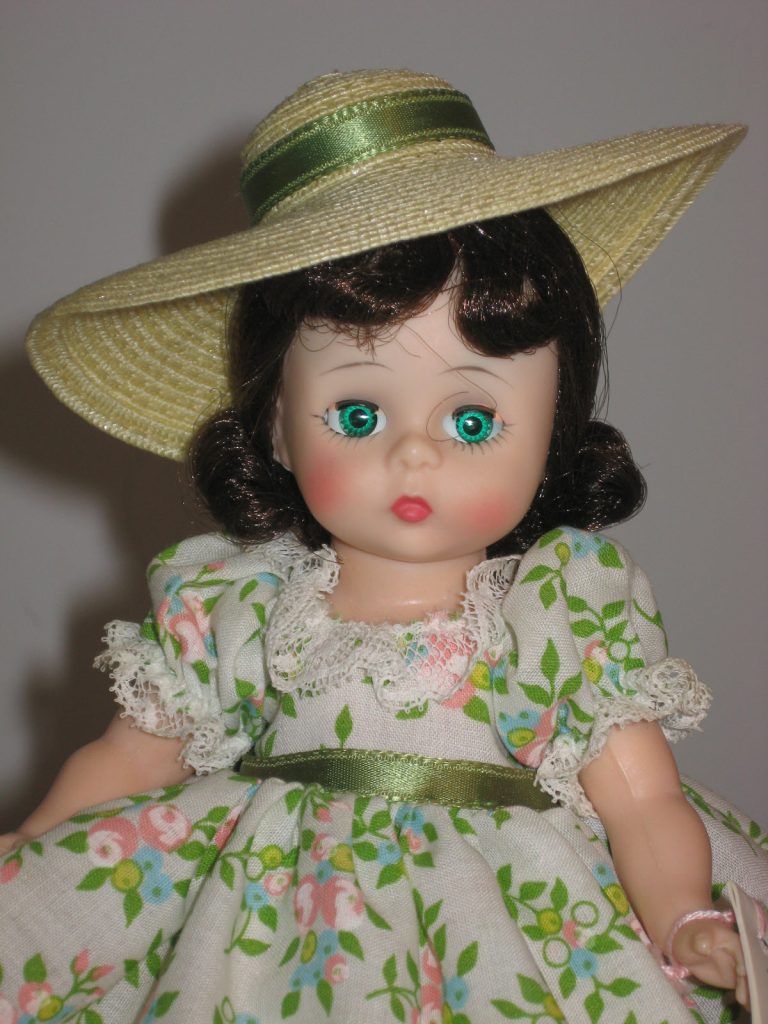
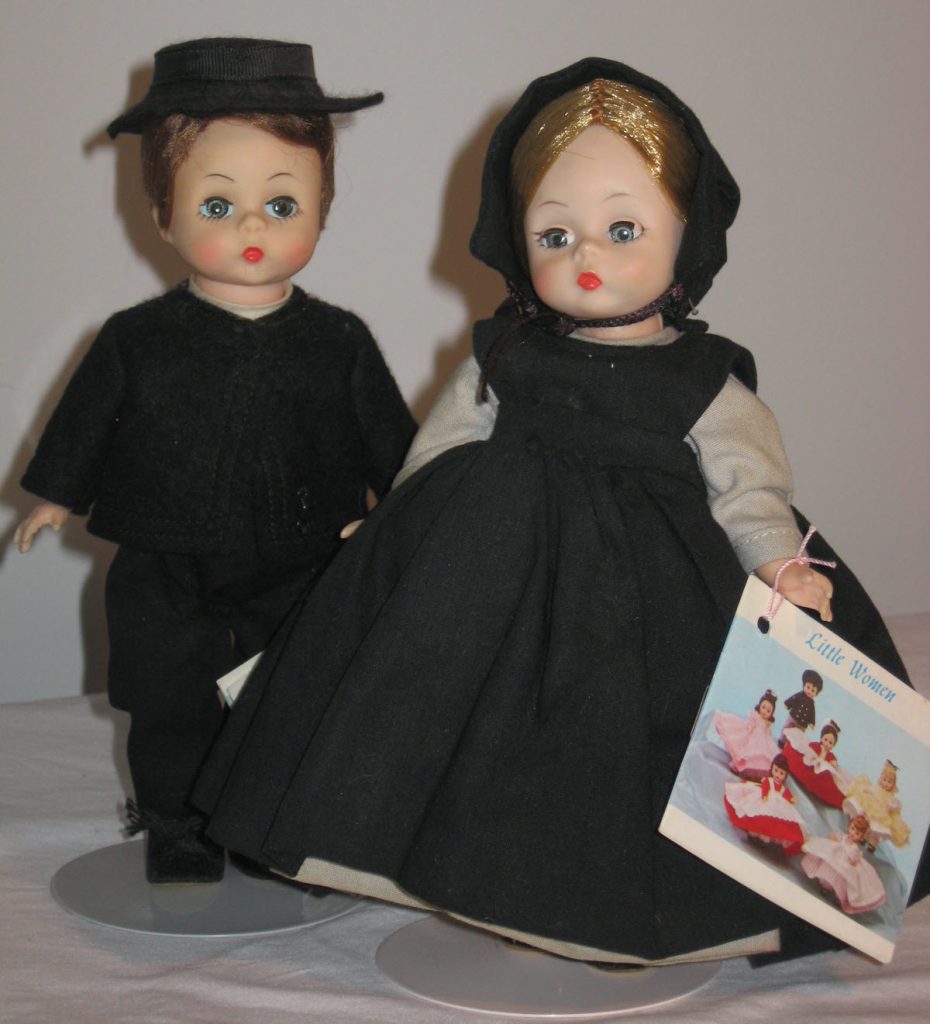

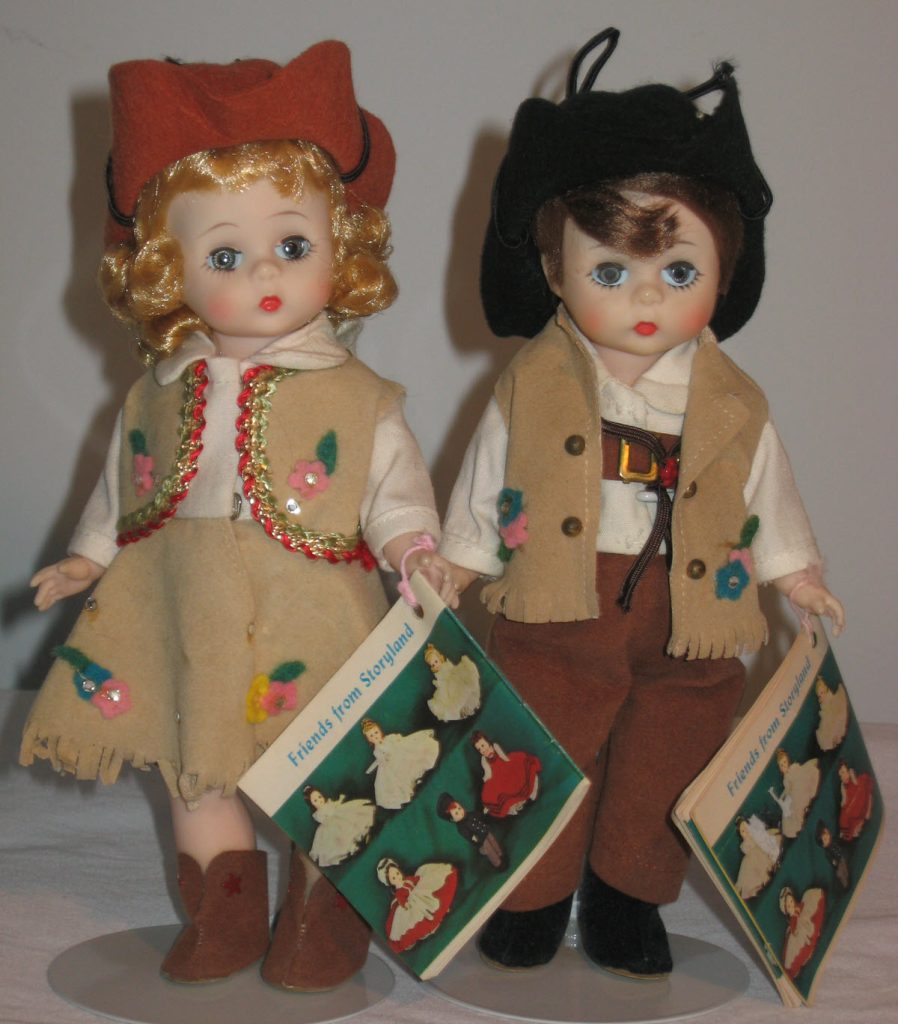
As the 1950s and 1960s progressed, other companies entered the 8-inch doll race. Cosmopolitan released Ginger, and other minor companies would often take a shot at stealing business from each other. Cosmopolitan secured a coveted and expensive Disney license and made characters from the newly opened Disneyland theme park. Vogue concentrated on little girls and eventually some dolls from foreign lands. With Disney’s It’s a Small World attraction, the concept of dolls representing children of all cultures put Vogue slightly ahead.
By the mid-1960s, it became obvious that Barbie was the only game in town. Madame tried again with high-heel Brenda Starr and later Yolanda, but despite high-end features such as sleeping eyes and hair play, it was too late. Instead of conceding defeat in this marketplace, Madame decided it was time to do a line of dolls that symbolized our heritage and culture.
Thus the 1967 catalog, and even the little catalogs on the dolls’ wrists, promoted the company’s Americana group. It was a charming tour through the history of our country, with the most fantastic clothing — as usual for Madame Alexander. While other companies made a few dolls as examples of American culture, in my opinion, none were as well done as those by Madame Alexander.
Using themes ranging from wagon-train days to Scarlett O’Hara to the Amish, the concept was brilliant and very well-received by both children and collectors. The series was continued into the 1970s and once again proved true to Madame’s motto: “A thing of beauty is a joy forever.” These dolls are a great piece of Americana to add to your collection.
Dolls shown are from the collection of A. Glenn Mandeville
Photography and technical assistance by Richard Chapman
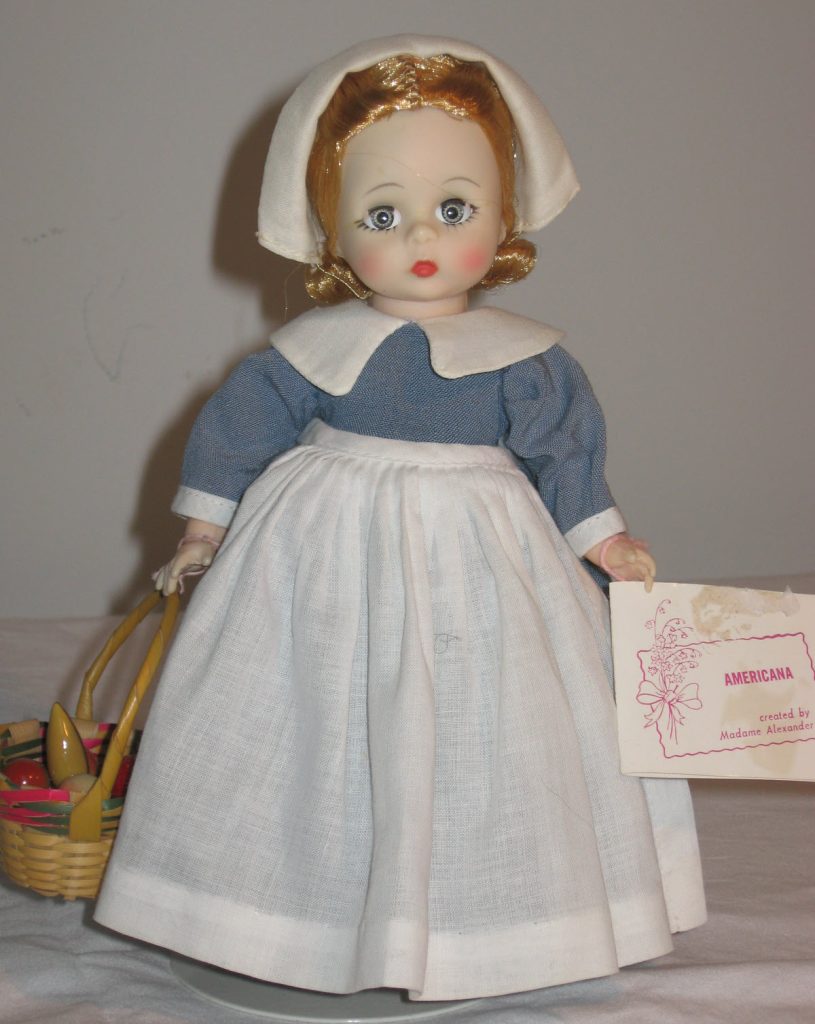
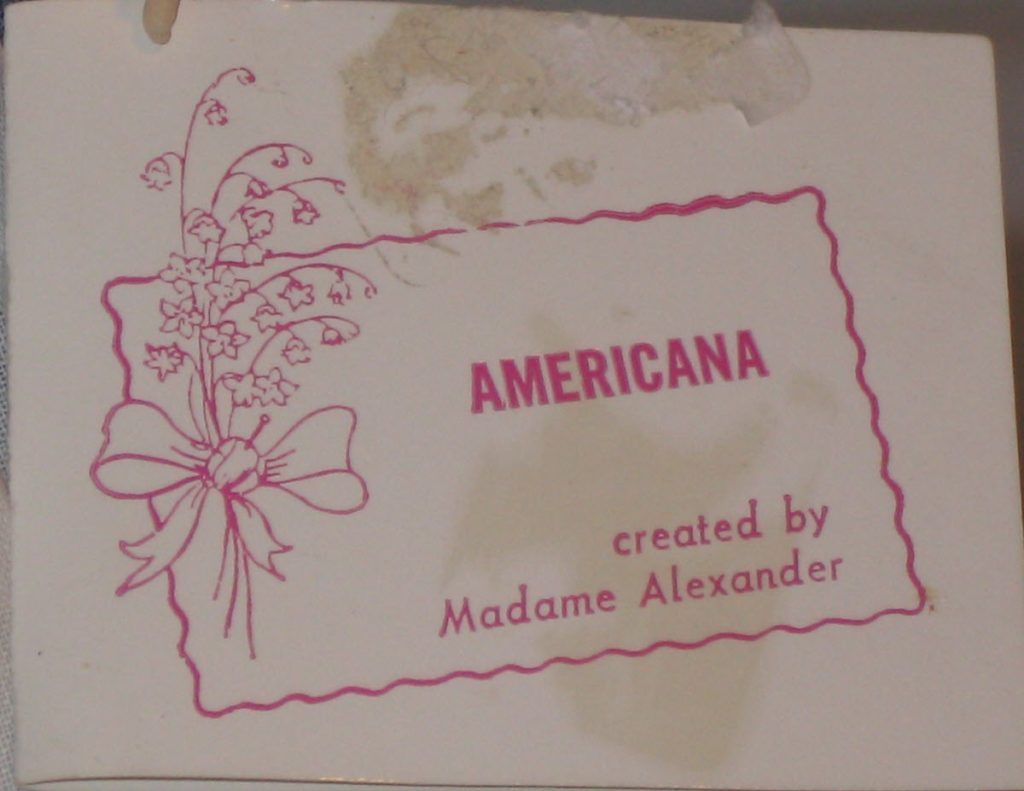
Priscilla at a show in New England.
